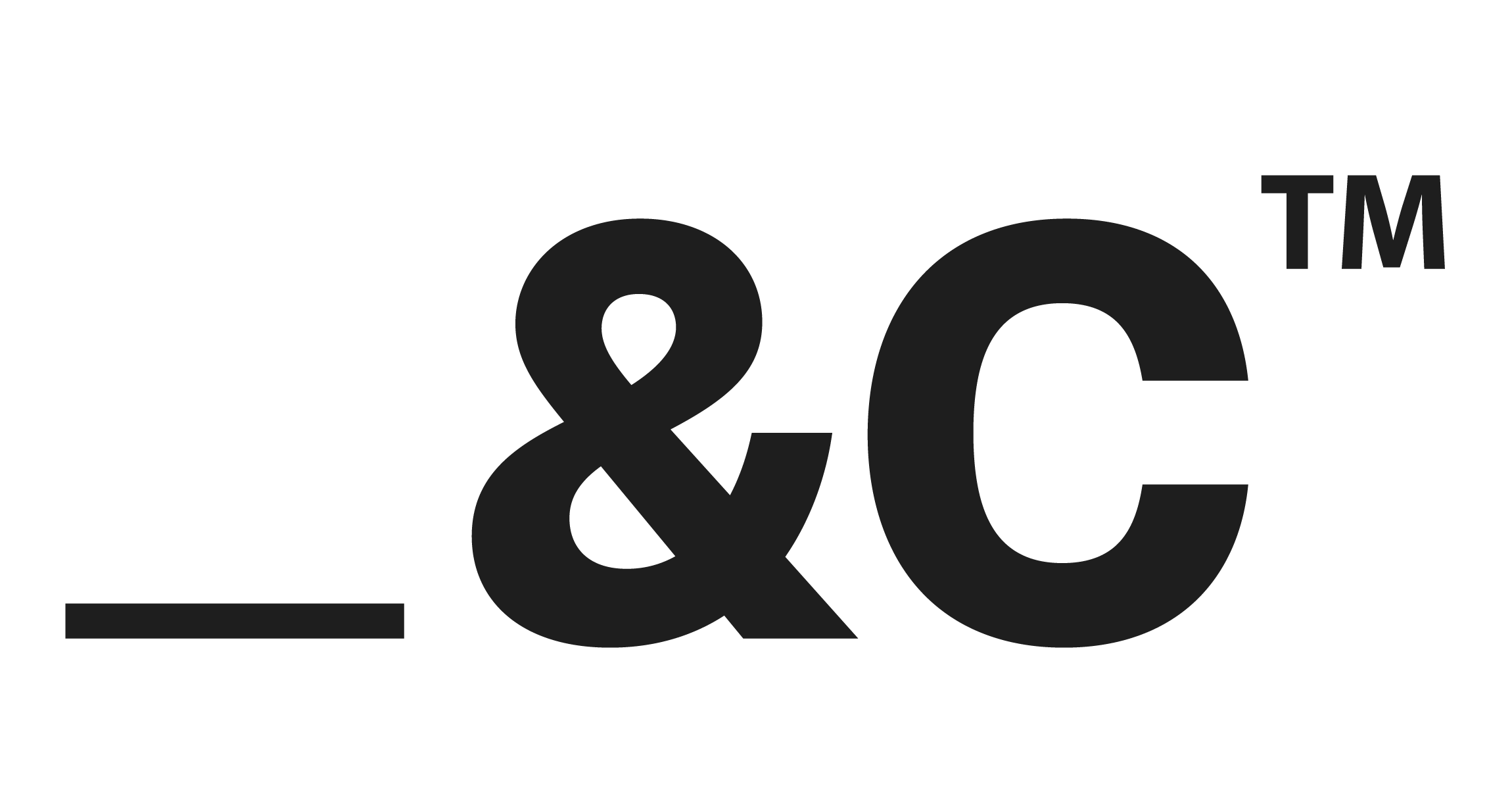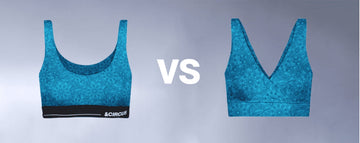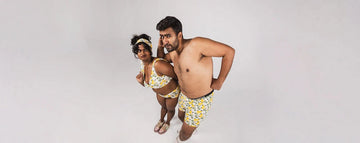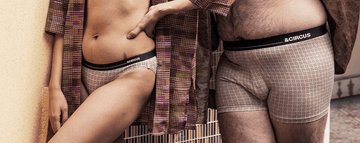Quick Listen:
Fashion has long been a gatekeeper, deciding who fits its mold and who doesn't. But in the realm of innerwear bras, briefs, boxers a seismic shift is underway. Brands like Tailor and Circus are dismantling outdated norms, creating garments that honor every body and identity with precision and purpose. This isn't just a trend; it's a redefinition of functional design, one that demands inclusivity, sustainability, and a deep respect for the diverse world we live in.
Inclusive Innerwear: Why Functional Design Must Reflect All Genders and Body Types
The innerwear industry stands at a pivotal moment. Gone are the days when consumers accepted one-size-fits-most solutions or designs rooted in rigid gender binaries. Today's shoppers nonbinary, trans, plus-size, and beyond demand garments that align with their identities and needs. The global functional apparel market, valued at $402 billion in 2024 and projected to reach $692.3 billion by 2033 with a 5.91% CAGR, underscores this shift toward clothing that blends aesthetics, comfort, and performance. Similarly, the plus-size women's clothing market, estimated at $306.66 billion in 2024 and expected to grow to $532.79 billion by 2034 at a 5.68% CAGR, reflects a body positivity movement that rejects tokenism. Tailor and Circus, a beacon of sustainability and inclusivity, is leading the charge, crafting innerwear that doesn't just fit but empowers.
This transformation is deeply personal. Picture a lounge bra that molds to your body without pinching, designed not for a prescribed gender but for you. This is the vision of brands like Tailor and Circus, where innerwear becomes a tool for self-expression, not a barrier to it.
Redefining Innerwear for All
The innerwear landscape is evolving rapidly. Gender-neutral and androgynous designs are no longer outliers; they're the new standard, reflecting a cultural embrace of fluid identities. From versatile lounge bras to universally flattering trunks, brands are prioritizing cuts that work across the spectrum of bodies. Fabrics like micromodal and organic cotton soft, breathable, and sustainable are central to this shift, offering quick-drying and temperature-regulating properties that rival synthetics like nylon or polyester, as highlighted in analyses of functional apparel trends. The outcome? Garments that feel effortless, whether you're an XS or a 5XL.
Size inclusivity is reshaping the industry. The global plus-size clothing market, valued at $311.44 billion in 2023 and projected to reach $412.39 billion by 2030 with a 4.1% CAGR, is driven by North America's commanding 43.97% revenue share. This growth isn't about merely extending size ranges; it's about reengineering design to prioritize diverse proportions. Tailor and Circus exemplifies this, crafting patterns that balance style and support for every silhouette, proving that inclusivity is the foundation of modern fashion.
Fabric innovation is equally critical. Micromodal, sourced from beech trees, delivers a luxurious feel while competing with synthetic materials known for performance-enhancing traits. Organic cotton, a cornerstone of sustainable fashion, minimizes environmental impact while ensuring lasting comfort. These choices signal a broader truth: inclusive design extends beyond the wearer to the planet, aligning functionality with ethical responsibility.
Real People, Real Change
Tailor and Circus doesn't just preach inclusivity it delivers. Their gender-inclusive lounge bras and trunks are engineered for real bodies, from slender frames to fuller curves. Customer experiences tell the story: a nonbinary person finds a bra that feels authentic without adhering to traditional femininity; a plus-size individual discovers trunks that stay comfortable through a demanding day. These are the voices of those long overlooked by fashion, now finding visibility through thoughtful design.
The industry's gaps are stark. The lingerie market, worth billions, often ignores specialized needs, such as post-mastectomy bras. Caroline Kennedy Alexander, founder of Loverose Lingerie, noted in Vogue Business that breast cancer survivors, facing over 2.3 million new diagnoses annually according to Breast Cancer UK, are left with uninspired post-surgery options. The high cost of specialized production discourages investment, leaving survivors to rebuild wardrobes from scratch. Tailor and Circus addresses this with adaptable, dignity-focused designs, ensuring comfort for all.
The Complexities of Universal Design
Designing for inclusivity is a noble goal, but it's no small feat. Creating a bra that supports diverse chest shapes demands meticulous attention to strap placement, panel construction, and elasticity. Waistbands must flex without constricting, accommodating slim and curvier bodies alike. These technical challenges are intensified by production realities. Developing patterns for multi-gender sizing and grading ensuring consistent fit across diverse bodies requires significant time and resources. As Alexander pointed out, investors often shy away from specialized items due to perceived limited returns.
Cultural barriers persist as well. Traditional retail clings to binary sizing and gendered marketing, resisting the shift to all-gender fashion. Societal skepticism about unisex designs adds another layer of complexity. Yet the numbers don't lie: the plus-size market's 5.68% CAGR and functional apparel's 5.91% CAGR signal undeniable demand. Tailor and Circus proves that inclusivity isn't just a moral imperative it's a business advantage.
Seizing Opportunities in a Diverse Market
Inclusive innerwear is more than a passing fad; it's a strategic opportunity. By serving underserved groups nonbinary shoppers, plus-size consumers, or eco-conscious buyers brands can foster loyalty and expand their reach. Technologies like digital customization and virtual try-ons are revolutionizing the industry. Research on FitGAN explores how generative adversarial networks can enhance virtual fitting, though limitations persist, with solutions often restricted to select items and sizes. Still, technology paves the way for waste reduction and personalized fit, aligning with consumer demands.
Ethical fashion transcends eco-friendly materials; it's about valuing human diversity. Brands that collaborate with communities amplifying trans, nonbinary, or plus-size voices build authenticity and social impact. Tailor and Circus leads by example, integrating sustainability into every step, from biodegradable packaging to size-inclusive designs, proving that purpose and profit can coexist.
A Future Without Boundaries
The future of innerwear is limitless. Industry experts and advocates agree: the binary must be left behind. Simply labeling something unisex' isn't enough, says a Tailor and Circus product developer. Inclusivity starts with designing for every body from the outset. This philosophy guides their process, from initial sketches to material selection.
For brands hesitant to embrace this shift, the path forward is clear: listen. Engage diverse communities, prototype with real users, and act on feedback. The rewards devoted customers, broader markets, and a legacy of social good are undeniable. Tailor and Circus isn't just crafting garments; they're building a world where every body is seen, supported, and celebrated. As the industry evolves, functional design will mean more than utility it will mean belonging, for everyone.
Frequently Asked Questions
How do brands incorporate inclusivity in their underwear designs?
Brands use adaptive sizing, gender-neutral styles, and stretchable, breathable fabrics to create underwear that accommodates different physiques and identities. They also engage with diverse communities for feedback to refine fit, comfort, and style inclusively.
What benefits do consumers gain from inclusive, functional underwear?
Consumers enjoy better fit, enhanced comfort, and clothing that respects their identity and needs. Inclusive underwear reduces discomfort and boosts confidence, fostering loyalty to brands that prioritize diversity and ethical design.
Why is it important for functional underwear design to include all genders and body types?
Inclusive functional design ensures that underwear fits comfortably and supports diverse body shapes and gender identities. This approach promotes body positivity, accessibility, and wider customer satisfaction by moving beyond traditional, limited sizing and gender norms.
Disclaimer: The above helpful resources content contains personal opinions and experiences. The information provided is for general knowledge and does not constitute professional advice.
You may also be interested in: Inclusive Options and Designs Underwear for Gender-Neutral and
Uncomfortable underwear shouldn't steal your confidence. At Andcircus, we craft ultra-soft, sustainable Lenzing Modal Micro innerwear for every body, XS to 5XL. From briefs to bras, our custom packs fit you perfectly. Shop risk-free with our 100% satisfaction guarantee and embrace comfort that includes everyone. #LoveEveryBody. Shop Now!






































